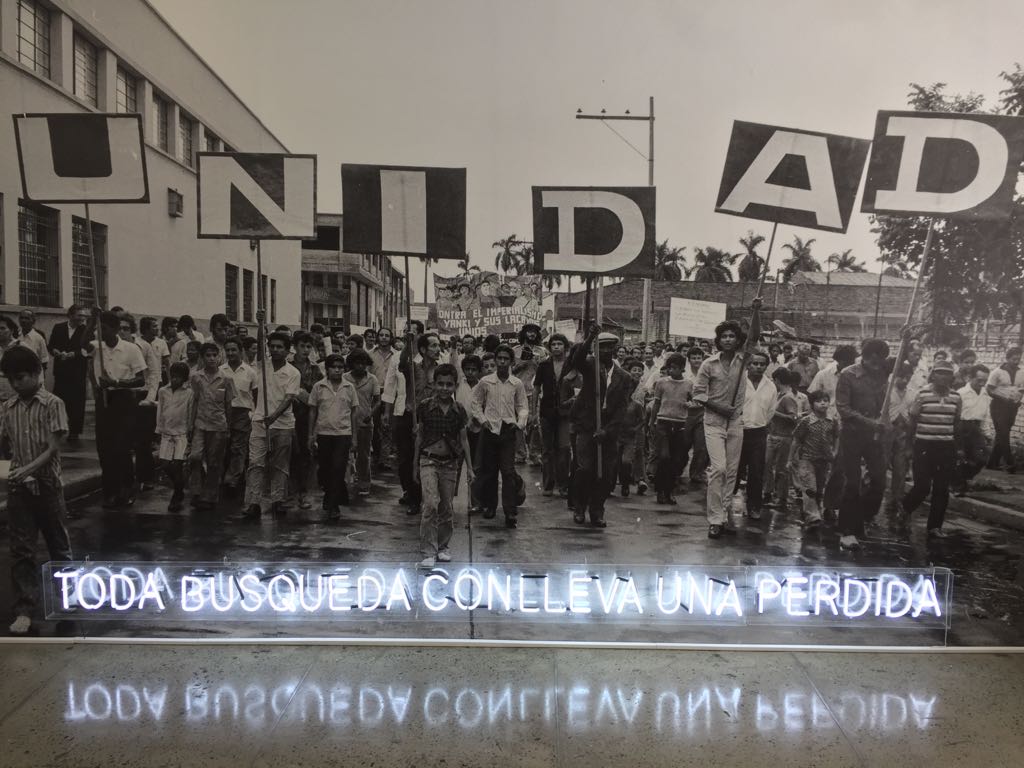Echoes
It is the end of another day of research in Colombia and I am visiting one of the many entities with a mandate to serve victims of the armed conflict. By now, I have mastered the choreography of entry. I show a security guard my identity document and inform him whom I am there to visit. An assistant takes a blurry, black-and-white photo of me and prints it onto a sticky badge. “Sixth floor, Víctimas.” Victims, in this case, is a place, a topography. It is also shorthand by which to refer to the bureaucrats who inhabit it. The subjects of their attention–individuals whom the state recognizes as registered victims of the armed conflict–shape how the subjects of my attention–state officials who tend to them–are known, grouped, and described. I pass through a full body scanner, as though at an airport. Whether it beeps or not, I am waved through. My white, female body is not coded as a threat in these spaces. I wear a lanyard around my neck to signal I am a visitor. …
